While making websites we often consider using a lot of scripts and styles in order to increase interactivity and make the website richer. As a result, we end up with slow website, while you can of course remove those scripts and styles to make it load faster Or you can make is load faster without removing any functionality by doing some easy tricks.
Compressing JavaScript
While compressing JavaScript is most recommended and has a great impact in website load time(Generally they are already compressed for many jQuery plugins). There are many tools and methods using which you can compress JavaScript, few most common tools are Yahoo’s YUI Compressor, Dean Edwards’ Packer, Douglas Crockford’s JSMin, Dojo ShrinkSafe and gzip or htaccess(explained later), these things may be sounding strange, but using them is very easy. These JavaScript minification tools preserve all the features of the JavaScript code, but reduce the code size by compressing them. There is no ‘best’ JavaScript compressor, each one of them have their plus and minus, but you can always compare between the compressors at http://compressorrater.thruhere.net/, its really a nice tool.
Compressing CSS
CSS compressing is also a good technique to optimize website’s load time, there are many CSS minification tools too. Here is a great article on Design Shack for CSS Minification, you should definitely head over: 18 CSS Compression Tools and Techniques and one more at Cats Who Code which explains how you can do it just by PHP: 3 ways to compress CSS files using PHP.
gzip and htaccess
Understanding simply, if you use gzip or htaccess compression, what happens is your website files gets compressed, and the compressed files are send over to the web browser, and the web browser extracts it and shows it to the users. It reduces response time by reducing the size of the HTTP response, this trick is definitely beneficial. There are many tutorials for gzip compression, a good one is at Samuel Santos’ blog: Improving web performance with Apache and htaccess.
Compressor Tools
There are many websites where you can compress your code, here I am including some of the noteworthy ones.
CSS Drive Gallery- CSS Compressor
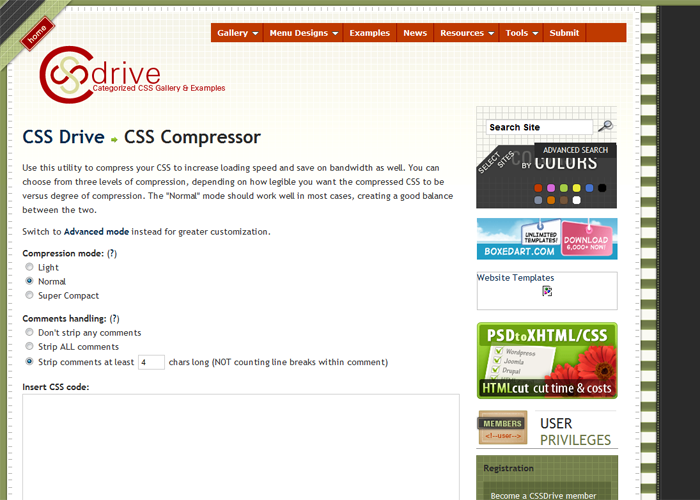
Compressor.Ebiene.de
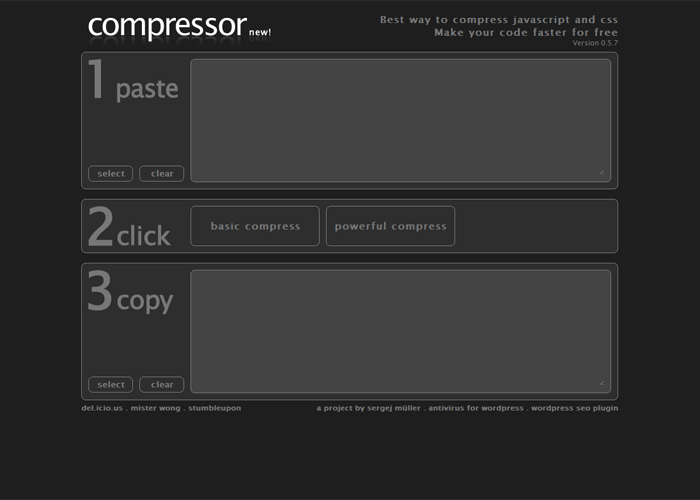
/packer/
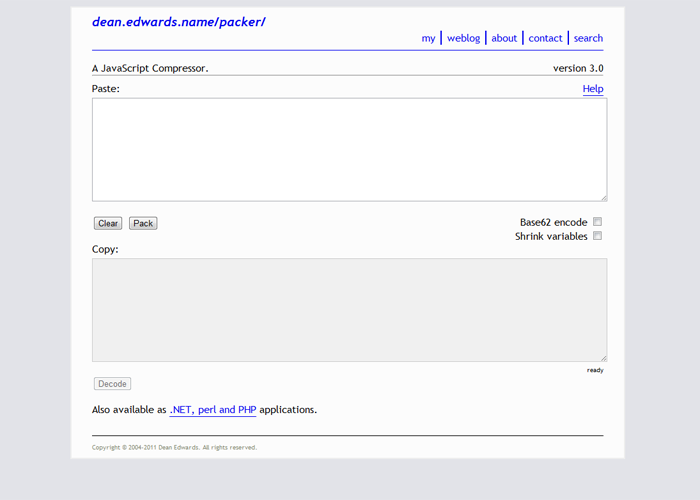
Javascript Compressor
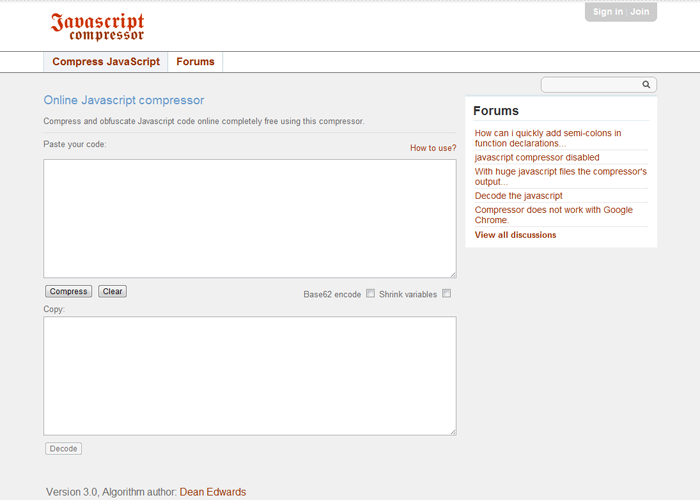
CSS Compressor
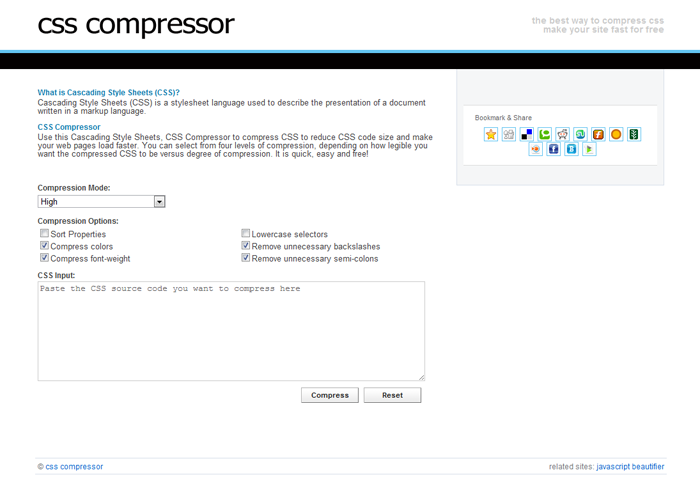
Minify/Pack Javascript Online
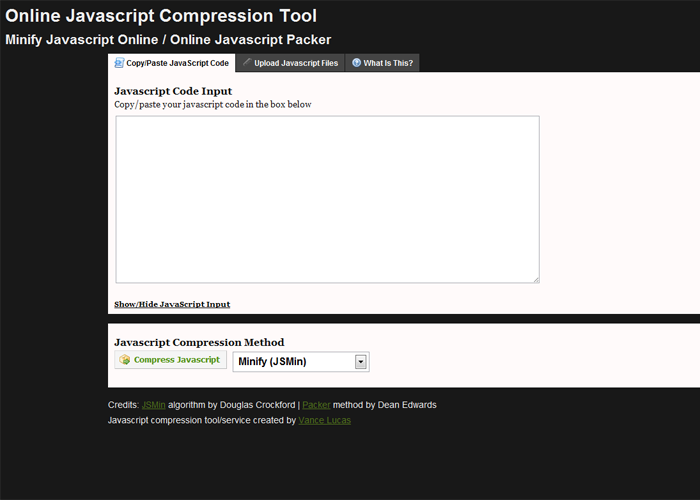
Online YUI Compressor
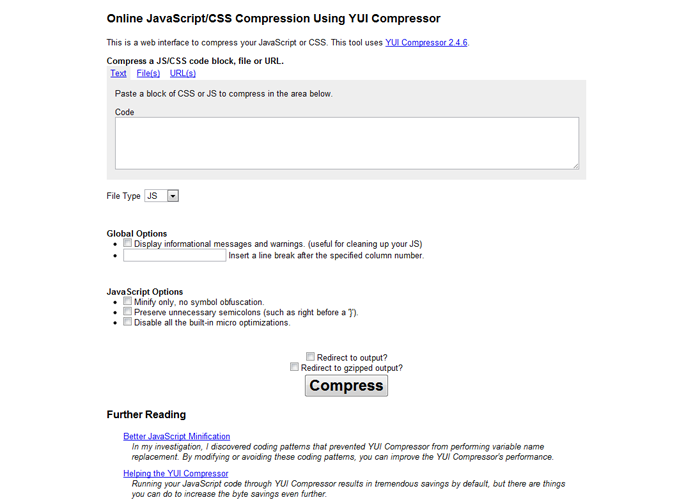
Performance Tools
There are few extensions/add-ons too using which you can check the performance of your website and suggests ways to improve the performance. One of them is YSlow by Yahoo, it has a Firefox Add-on as well as a Chrome Extension. There is one more web based tool Page Speed Online hosted at Google Labs, which is equally good. There is also a simple gzip test tool: GIDZipTest.
Conclusion
Our website’s performance is an important factor, and one of the main things in it is the website load time, if our websites are slow, there are chances that user won’t return. Also, these compression techniques are easily doable by editing the .htaccess file or by adding simple snippets using php or using those web based tools. Thus, you should definitely consider doing these tricks.
 Flickr is a well known in the photo sharing market and is owned by Yahoo. It has a good interface, it’s polished, works well, and is indeed addictive. But Flickr has some limitations Flickr offers 100 MB of free storage each calendar month but the storage counter is reset every month so you get virtually unlimited space on Flickr without spending a penny. (100 MB is good for storing upto 120 picture of average size). New pictures can be uploaded to Flickr via mobile phones, desktop software, email attachments or through the web-based interface available on Flickr website. Pictures can then be grouped in sets (like “Conference in New York”) as well as tags (like “conference”). You can upgrade to Pro for making the number of photos unlimited for each month but even after you upgrade to Pro, you’ll bump up against more limitations if your JPG files are over 10MB each, which happens quite often when you shoot with a late-model DSLR and upload at full resolution with the intention of printing that photo in a large size. Use Flickr if you want to engage actively within the big and friendly Flickr user community, get comments on your photos, join groups and submit photos to them — in short, partake fully of the social community of photo sharing.
Flickr is a well known in the photo sharing market and is owned by Yahoo. It has a good interface, it’s polished, works well, and is indeed addictive. But Flickr has some limitations Flickr offers 100 MB of free storage each calendar month but the storage counter is reset every month so you get virtually unlimited space on Flickr without spending a penny. (100 MB is good for storing upto 120 picture of average size). New pictures can be uploaded to Flickr via mobile phones, desktop software, email attachments or through the web-based interface available on Flickr website. Pictures can then be grouped in sets (like “Conference in New York”) as well as tags (like “conference”). You can upgrade to Pro for making the number of photos unlimited for each month but even after you upgrade to Pro, you’ll bump up against more limitations if your JPG files are over 10MB each, which happens quite often when you shoot with a late-model DSLR and upload at full resolution with the intention of printing that photo in a large size. Use Flickr if you want to engage actively within the big and friendly Flickr user community, get comments on your photos, join groups and submit photos to them — in short, partake fully of the social community of photo sharing.